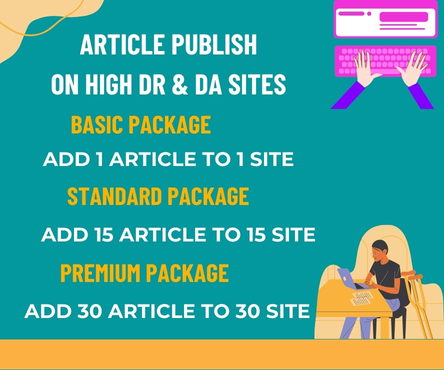In today’s digital landscape, a website is often the first point of contact between a business and its potential customers. A well-designed website can make all the difference in converting visitors into paying customers. The art of designing a website that drives sales and conversions is known as “design to convert.” In this article, we’ll explore the role of e-commerce web design in boosting sales and conversions.
Understanding the Principles of Design to Convert
Design to convert is a design approach that focuses on creating a seamless user experience that guides visitors towards a specific goal, such as making a purchase or filling out a form. The principles of design to convert are rooted in psychology, marketing, and user experience (UX) design. By understanding these principles, businesses can create websites that are optimized for conversions.
Key Elements of a Conversion-Focused Website Design
A conversion-focused website design should incorporate the following key elements:
- Clear and Concise Messaging: The website’s messaging should be clear, concise, and compelling. Visitors should be able to quickly understand the value proposition and what the business offers.
- Simple and Intuitive Navigation: The website’s navigation should be simple and intuitive. Visitors should be able to easily find what they’re looking for and navigate through the website with ease.
- Prominent Calls-to-Action (CTAs): CTAs should be prominently displayed throughout the website. They should be clear, actionable, and compelling, encouraging visitors to take a specific action.
- Visual Hierarchy: The website’s design should incorporate a clear visual hierarchy. The most important elements, such as CTAs and key messaging, should be prominently displayed and visually appealing.
- Mobile-Friendliness: The website should be optimized for mobile devices. A mobile-friendly website ensures that visitors can easily navigate and convert, regardless of the device they’re using.
The Role of Psychology in Design to Convert
Psychology plays a significant role in design to convert. By understanding how visitors think and behave, businesses can create websites that are optimized for conversions. Here are a few psychological principles that can be applied to design to convert:
- Scarcity: Creating a sense of scarcity can encourage visitors to take action. Limited-time offers, limited availability, and countdown timers can all be used to create a sense of urgency.
- Social Proof: Social proof, such as customer testimonials and reviews, can help build trust and credibility with visitors. This can increase the likelihood of conversions.
- Reciprocity: Offering visitors something of value, such as a free e-book or webinar, can create a sense of reciprocity. This can increase the likelihood of visitors taking a desired action.
Conclusion
Design to convert is a powerful approach to website design that can significantly boost sales and conversions. By understanding the principles of design to convert and incorporating key elements, such as clear messaging, simple navigation, and prominent CTAs, businesses can create websites that are optimized for conversions. Additionally, by applying psychological principles, such as scarcity, social proof, and reciprocity, businesses can further increase the effectiveness of their website design.

